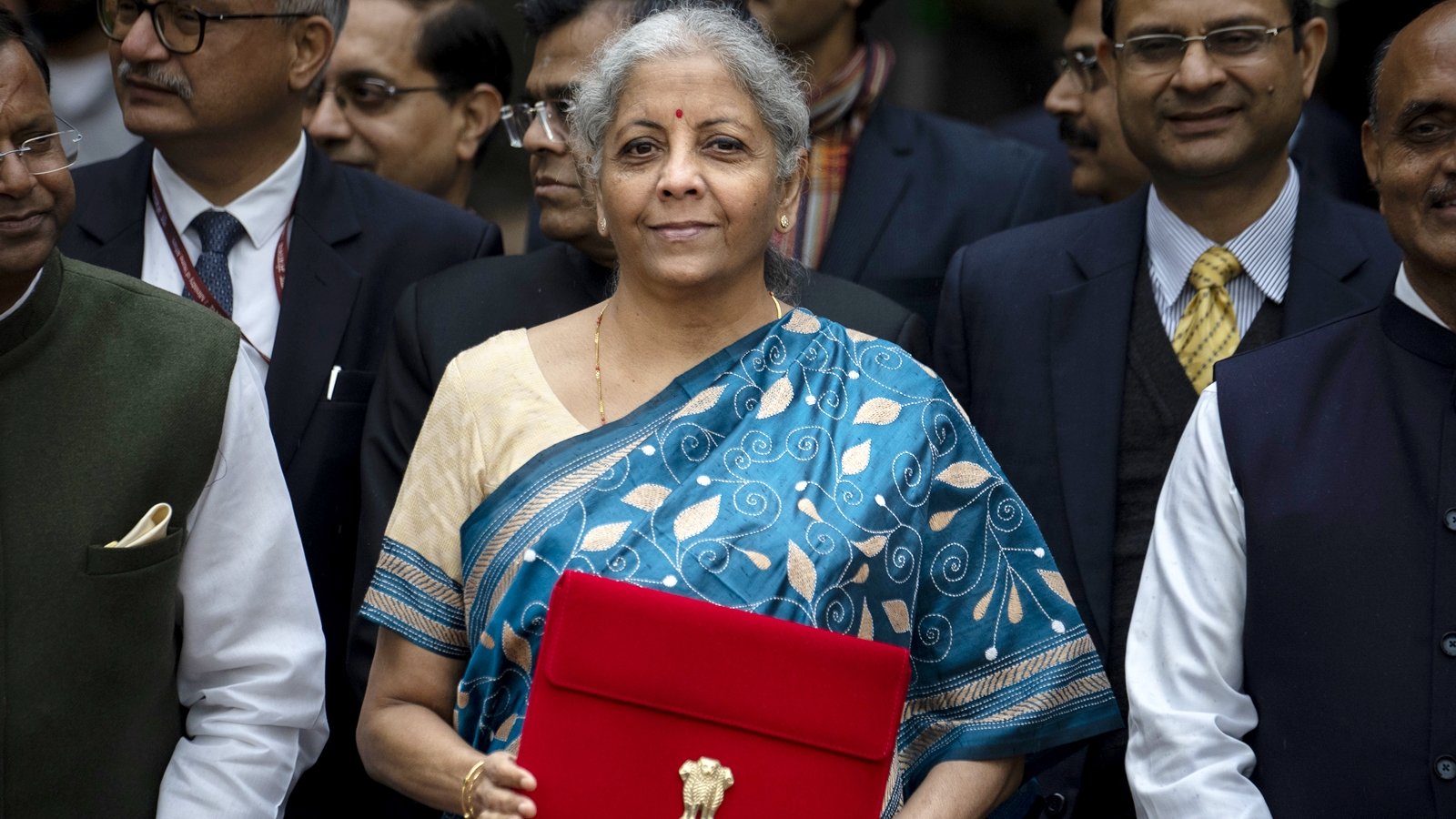By: Dipak Kurmi
The latest GDP estimates paint a highly optimistic picture for the economy’s performance in the current fiscal year. These findings reaffirm India’s status as the swiftest expanding major economy, set to maintain this momentum for another year. Notably, the growth projection for FY24 has been adjusted upward to 7.6%, surpassing all other private estimates that previously stood at 7.3%. What factors have contributed to this favorable outcome?
Two key elements have played a pivotal role in bolstering the economy. The initial factor involves noteworthy growth across diverse sectors, showcasing commendable performance. However, agriculture stands as the sole exception, experiencing a modest growth of 0.7% for the year. This was anticipated, considering the lower kharif output compared to the previous year and the scattered nature of rabi sowing. The growth rate was inevitably subdued due to the additional impact of erratic monsoons affecting allied activities.
Other sectors demonstrated a positive upward trend, and a closer examination of the dynamics reveals an interesting narrative. Manufacturing, commencing from a modest base with a growth rate of -2.2%, enjoyed a significant advantage, culminating in an impressive peak at 8.5%. It is conceivable that industries integral to infrastructure, such as cement and steel, took the lead in this surge, especially considering the subdued performance of consumer industries as indicated by corporate commentaries throughout the initial three quarters.
Furthermore, the services sectors exhibited commendable performance, driven primarily by the pent-up demand phenomenon observed in 2023. Similar to the surge in demand witnessed by manufacturing in 2022, services experienced a more pronounced replication of this trend. Consequently, trade, transport, communications, and related sectors recorded a growth of 6.5%, while financial services and real estate demonstrated an even more substantial growth at 8.2%. The public administration and other services segment, reflective of government expenditure, remained on a positive trajectory with a growth rate of 7.7%.
In the third aspect, the construction sector witnessed a remarkable upswing, posting a substantial growth of 10.7% atop the previous 9.4%. Recognized for its labor-intensive nature, particularly in blue-collar domains, this sector established robust backward linkages with other segments of the economy. Notably, the growth in construction stimulated demand across industries dealing with infrastructure products like steel, engineering, and cement. The government’s proactive initiatives, particularly in bolstering roads and housing, played a pivotal role in this success. The fiscal year 2023 stands out as a prosperous period for the real estate sector, with widespread house bookings spanning all price segments. This, coupled with the impetus on highways, has contributed significantly to the sector’s commendable performance.
The second pivotal contributor to this impressive growth stems from the tax dynamics. GDP, as conventionally defined, encompasses the sum of gross value added (reflecting the production value across all sectors) and net taxes. The latter essentially entails indirect taxes minus subsidies. Throughout the year, this component has exhibited notable elevation, exerting a significant influence on the overall GDP growth. While gross value added (GVA) achieved a growth rate of 6.9% for the year, the typical trend indicates that GDP growth tends to be 0.2-0.3% higher. However, in this instance, the unexpected factor lies in the 0.7% increase, surpassing the usual pattern and contributing substantially to the heightened growth.
Notably, the impact of taxes becomes even more pronounced in the third quarter. With a GVA growth of 6.5%, the GDP growth surpasses this figure by a notable 1.9%, reaching an impressive 8.4%. This heightened growth suggests robust collections, evident in the monthly GST figures released. The adept control exercised over subsidies, particularly in the domains of food and fertilizers, has played a pivotal role in the significant upswing in net tax collections. This leads to the inference that there might be some savings on the initially budgeted subsidies as the fiscal year concludes.
Another positive facet of the GDP figures lies in the investment ratio, often represented by the gross fixed capital formation expressed as a percentage of GDP. Witnessing a steady climb, it has progressed from 29.6% in FY22 to 30.7% in FY23 and further to 31.3% in FY24. This development is particularly heartening, considering the lackluster performance of the capital formation rate in recent years. Surpassing the significant threshold of 30% marks a notable achievement in this regard.
The GDP growth figures have delivered a substantial surprise, particularly in light of the majority of forecasts for the year, which projected figures below 7%. Even the initial advance estimate hinted at 7.3%. Notably, as of December, the RBI had forecasted a Q3 growth rate of 6.4%, making the actual figure of 8.4% a pleasantly shocking revelation.
While the overall scenario appears promising, there are contradictory signals when individual indicators are scrutinized. Notably, private sector investment seems to be trailing, evident in lower investment announcements this year. The debt market landscape has witnessed a tilt towards Non-Banking Financial Companies (NBFCs) in terms of fund-raising, whereas bank credit has predominantly favored the services and retail segments. It’s worth noting that increased investments by companies are more concentrated in infrastructure-related sectors such as cement and steel, rather than being widespread across various industries.
Indicators such as two-wheelers and tractors suggest that rural demand is still trailing, with the farm sector’s subpar performance contributing to this phenomenon. Inflation has remained elevated, averaging over 5% and accumulating to more than 20% in the last 3-4 years, thereby eroding purchasing power. Consequently, the real consumption growth for the year was modest at 3%, despite nominal growth hovering around 8%. The uncertainty persists regarding whether employment numbers have improved across the board, a trend that ideally aligns with higher GDP growth. A more definitive understanding of the situation is expected to emerge by the close of this fiscal year.
Therefore, when analyzing the headline growth figure of 7.6%, it’s essential to consider these additional factors. Starting from a position of strength, the trajectory for FY25 appears relatively clear. Barring any adverse monsoon impact and maintaining stability in global commodity prices, growth is anticipated to continue its upward trend, with the potential to achieve another commendable growth rate of 7%. While this projection is somewhat lower than the previously sustained trajectory of 8% and above, there’s optimism that we can steadily approach those figures in the coming years, making the pursuit of the $5 trillion milestone more achievable. (The writer can be reached at dipaknewslive@gmail.com)







